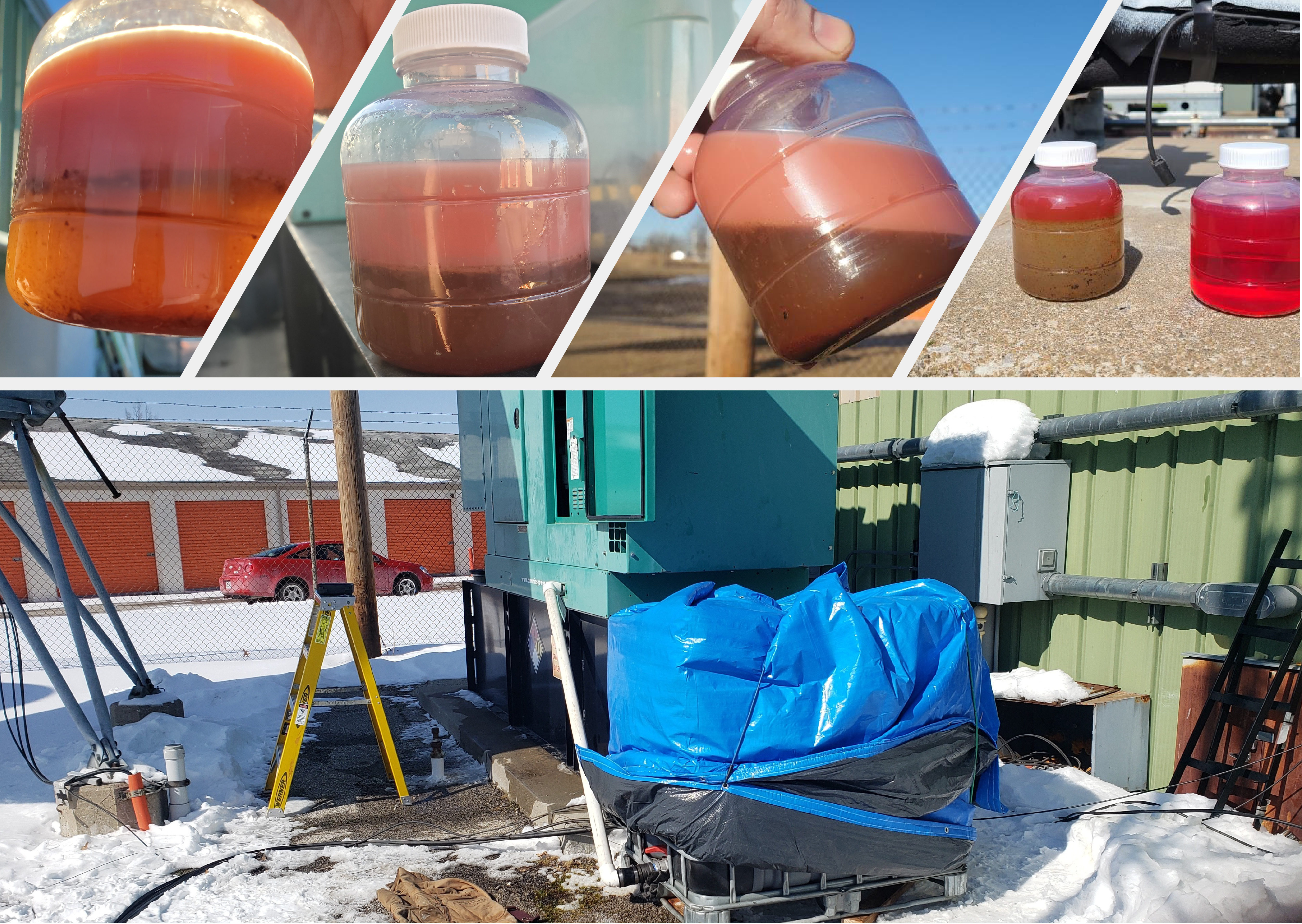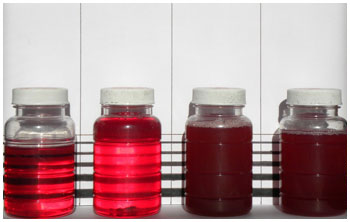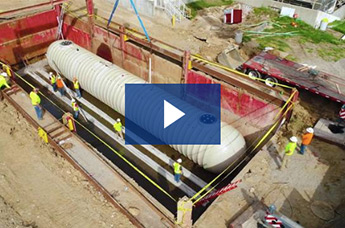2 min read
Top 3 Questions About Emergency Generator Fuel Testing, Sampling & Quality
 Jason Swan, Director of Energy Systems
:
Oct 11, 2021
Jason Swan, Director of Energy Systems
:
Oct 11, 2021
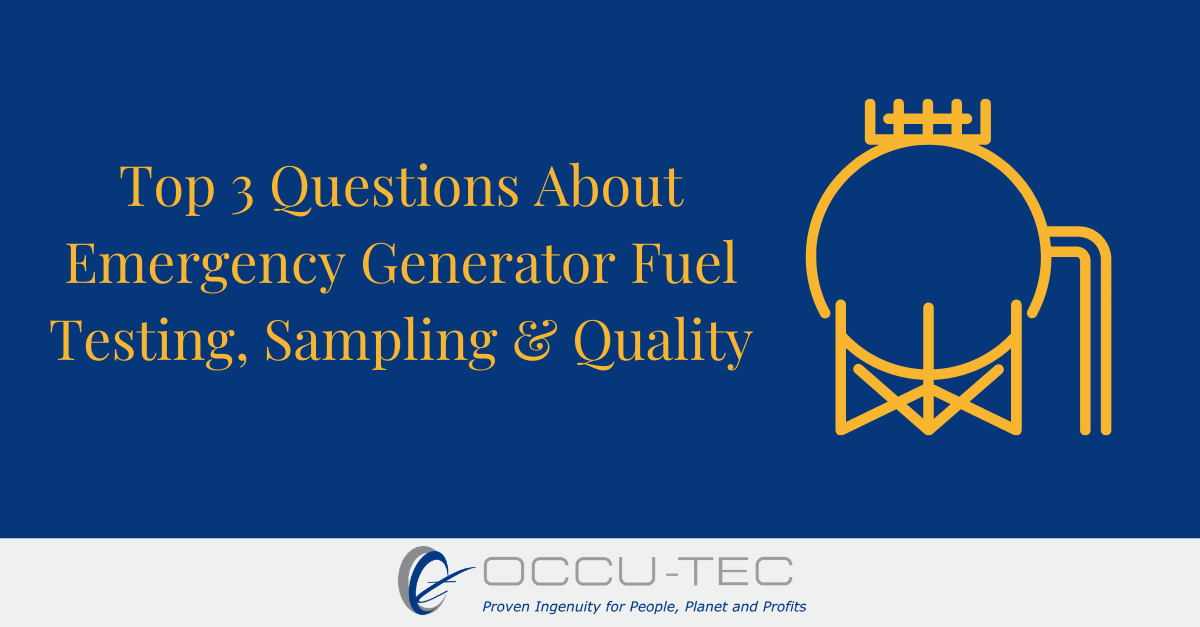
Fuel For Thought
An emergency generator and its associated fuel system need to be ready to go during a commercial power outage. That’s exactly why it was installed in the first place. For many businesses such as telecommunications, data centers, and healthcare facilities, a building power failure is not an option and can be devastating. Power outages lead to high dollar fines, customer dissatisfaction, and even loss of lives. These businesses can spend millions of dollars in designing and constructing their emergency backup generator systems. However, after construction ends, they don’t always invest similarly later on in preventative maintenance of the system. Even when they do, they might overlook a crucial component of the emergency generator system. It can be easy to lose perspective that everything begins with the fuel, and the quality of that fuel is extremely important.
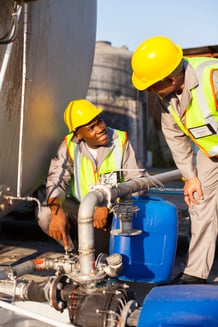
Why are fuel sampling and testing necessary?
In an emergency generator fuel system when seldom used, the fuel can stay stagnant for several years or even decades. Since diesel fuel is a refined oil product (hydrocarbon), it will ultimately naturally begin to break down into its pre-refined self in as little as 12 months. This degradation is much more accelerated than it used to be. This doesn’t impact diesel fuel at a point of sale location (gas station) to the same extent as an emergency generator fuel system. At a gas station, there is much more frequent turnover since customers are constantly purchasing fuel and draining down the bulk tanks leading to new fuel drops and turnover in those bulk tanks.
As the fuel breaks down, there can be solid byproducts that lead to sediment and particulates within the fuel tank. In addition, since fuel is a hydrocarbon, water is naturally integrated into its chemical makeup. Over time, the water can separate out from the fuel or condensation and debris can be introduced into your tank from the outside via vents or other means. Water in your fuel tank contributes to the oxidation of metal components as well as bacterial and fungal growth (microbes). If your emergency generator fuel system hasn’t had proper fuel testing and maintenance, it might not be ready to perform in those critical moments of need.

What happens when fuel quality is ignored?
All of these factors may not seem very problematic at first glance, but they lead to serious fuel quality problems. Sediment and sludge can clog filters, damage pumps, and lead to generator loss of prime and ultimate failure. Water contributes to microbial growth and microbes and their particulates can clog filters and microbe excrements lead to corrosion of steel fuel tanks, piping, and/ or pumping equipment. Fuel quality problems like these lead to emergency generator failure.
How can fuel quality problems be prevented?
Emergency generator owners must have a solid preventative maintenance program that includes a routine sampling of their fuel tanks. They need to have a professional who knows what they are doing and is consistent during each sampling event. Fuel samples need to be collected in a fashion that represents the fuel that is picked up by the pumps feeding the generator or smaller holding tanks (day tanks). Often there is no reason to pull a sample from the very tank bottom or from generator fuel filters except to generally observe them. Why would we send a sample from the tank bottom that is half full of water only for the lab to tell us there is water in your fuel? We already know there is a problem if the fuel sample has visual evidence of water, therefore the collection of a representative sample from above the water line and sending that for laboratory analysis is generally a better practice and more useful in designing or enhancing the overall fuel treatment action plan.
You might ask what do you mean by a representative fuel sample and what analysis should we run on our fuel samples anyway? Stay tuned, we will discuss that more next time.


